The Queer Cult-Status of Revolutionary Girl Utena
Lying between high-school drama and fairy-tale, an eccentric manga involving the director of ‘Sailor Moon’ became an avant-garde landmark.
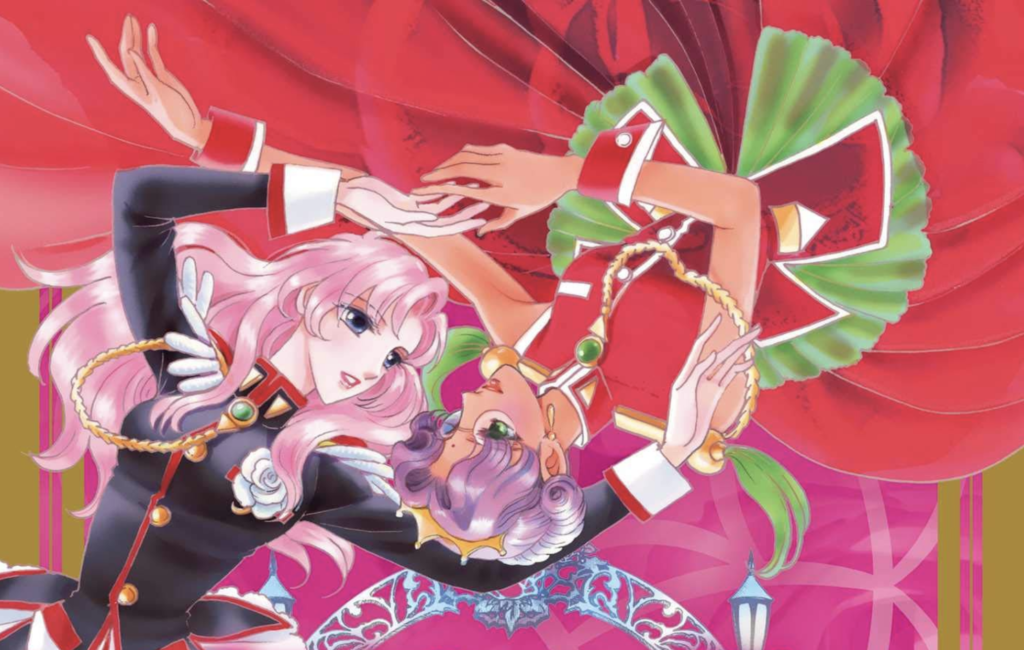
From ‘Revolutionary Girl Utena: After the Revolution’. Courtesy of Be-Papas and VIZ Media LLC.
On one level, Revolutionary Girl Utena—originally written by Chiho Saito of studio Be-Papas in 1996—has all the tropes of a classic teen-girl comic. It is a high school drama that unfolds with Utena Tenjo, a tomboyish girl, guided by her strong personality throughout the many conflicts and romantic encounters of her classmates at Ohtori Academy.
But enveloped in flower petals and surreal landscapes, this remarkably dreamy series pushes the familiar themes of Shojo manga to unusual philosophical boundaries. Shadow puppets perform absurdist sub-narratives; mysterious dueling arenas suddenly erupt from baroque architecture; and each emotional battle is staged metaphorically. Through the challenges presented in Utena’s journey to ‘revolutionise the world’, themes of love and self-identity are explored in dream sequences, while queer and feminist narratives boldly add to the debate surrounding LGBTQ representation in Japanese pop culture.
Rose-Adorned Fantasia
To distance itself further from convention, Revolutionary Girl Utena bears traces of the historical avant-garde. Its hallucinatory narrative entices comparisons with the surrealist movies of David Lynch, as well as the utopian literature of early-20th-century novelist Kenji Miyazawa. Renegade rock-opera composer J.A. Ceazer was responsible for the anime series’s unique soundtrack, a key associate of surrealist playwright Shuji Terayama, who was himself an influence. Even stronger connections with Japanese pop-modernists can be found in the parallels between Utena and Riyoko Ikeda’s 70’s masterpiece, The Rose of Versailles: both repurpose Shojo manga melodrama and French Revolution aesthetics in order to taunt the tropes that govern reality.
From original manga to anime adaptation and feature film, the franchise was rendered a queer masterpiece by the Be-Papas collective, its production led by Kunihiko Ikuhara, who previously directed the Sailor Moon series and introduced its gender-bending characters. Connecting his ambitious heroines to the struggles of real individuals who abandon personal desires in the face of societal expectations, in an interview in the box set extras, Kunihiko Ikuhara lamented a ‘lack of imagination’ in Japanese society. In adaptating Utena from manga for the screen, his personal direction further develops his characters, pushing allegorical relationships to further the fight for untraditional love. Psychedelically bridging the otherworldly elements of both anime-fantasy and experimental culture, Revolutionary Girl Utena provides a vibrant utopia for the collective imagination of Japanese youth.
The original manga for Revolutionary Girl Utena (1996) is available in English on VIZ media. The anime series is available for streaming on Prime Video.
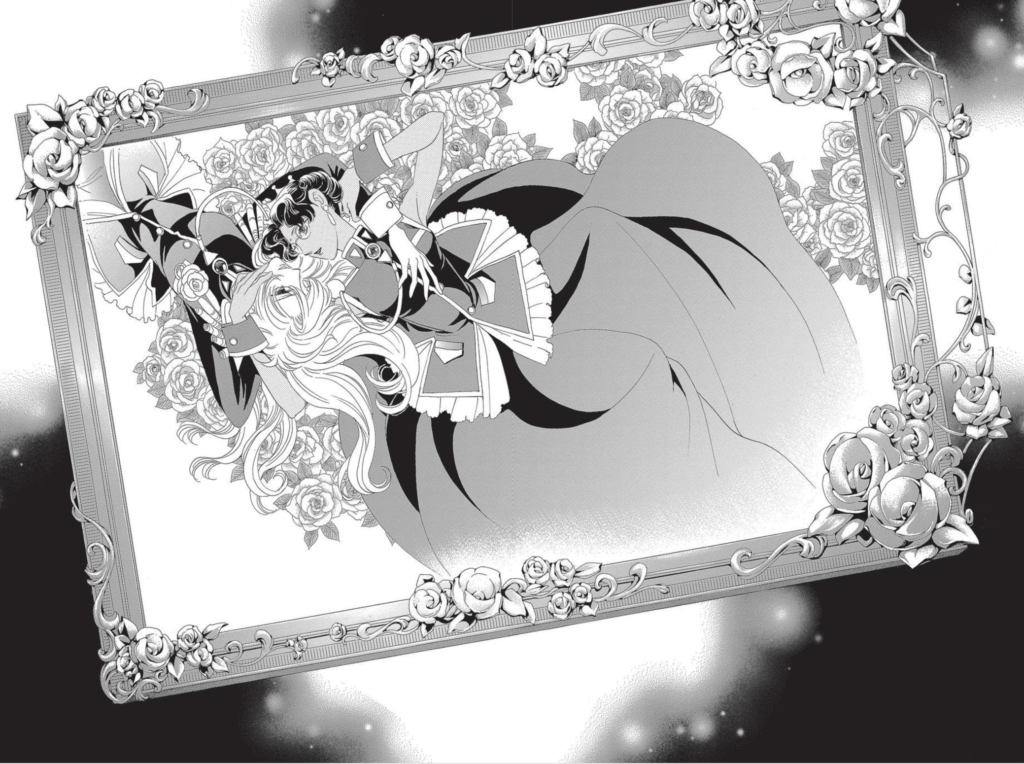
From ‘Revolutionary Girl Utena: After the Revolution.’ Courtesy of Be-Papas and VIZ Media LLC.
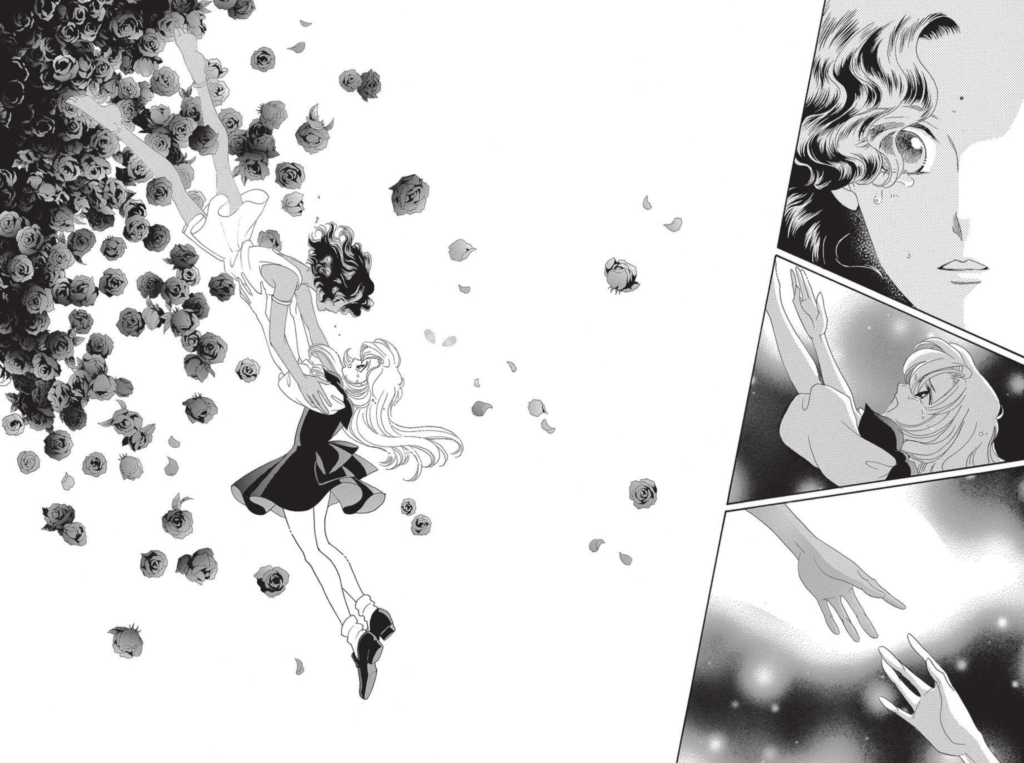
From ‘Revolutionary Girl Utena: After the Revolution.’ Courtesy of Be-Papas and VIZ Media LLC.
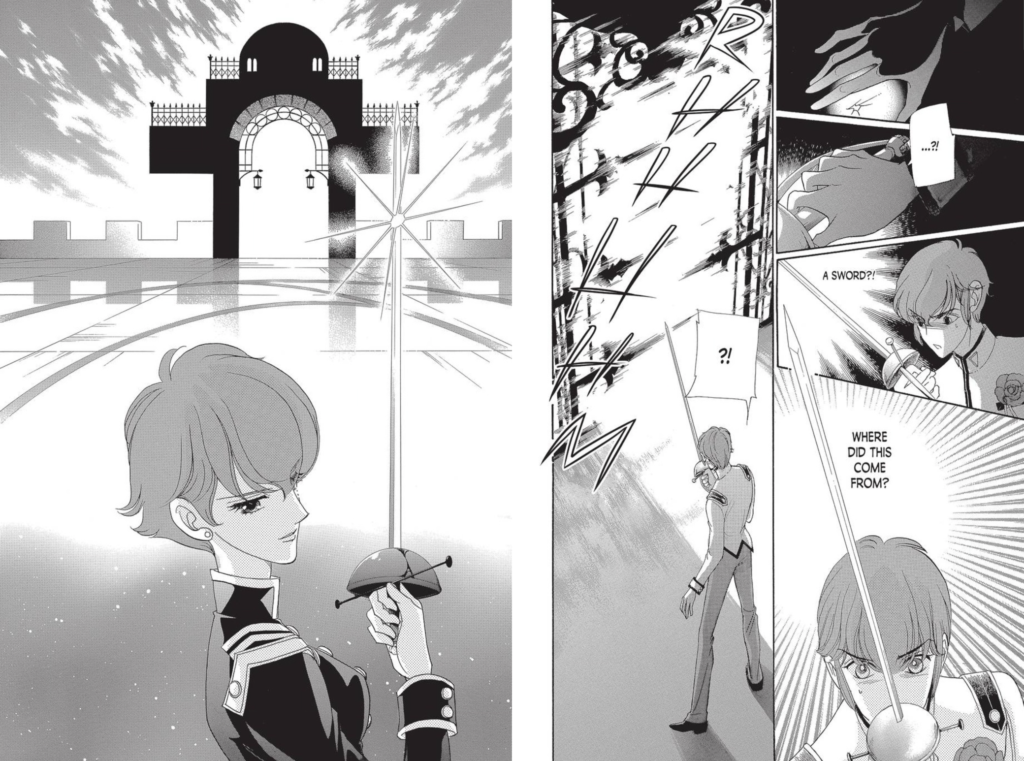
From ‘Revolutionary Girl Utena: After the Revolution.’ Courtesy of Be-Papas and VIZ Media LLC.
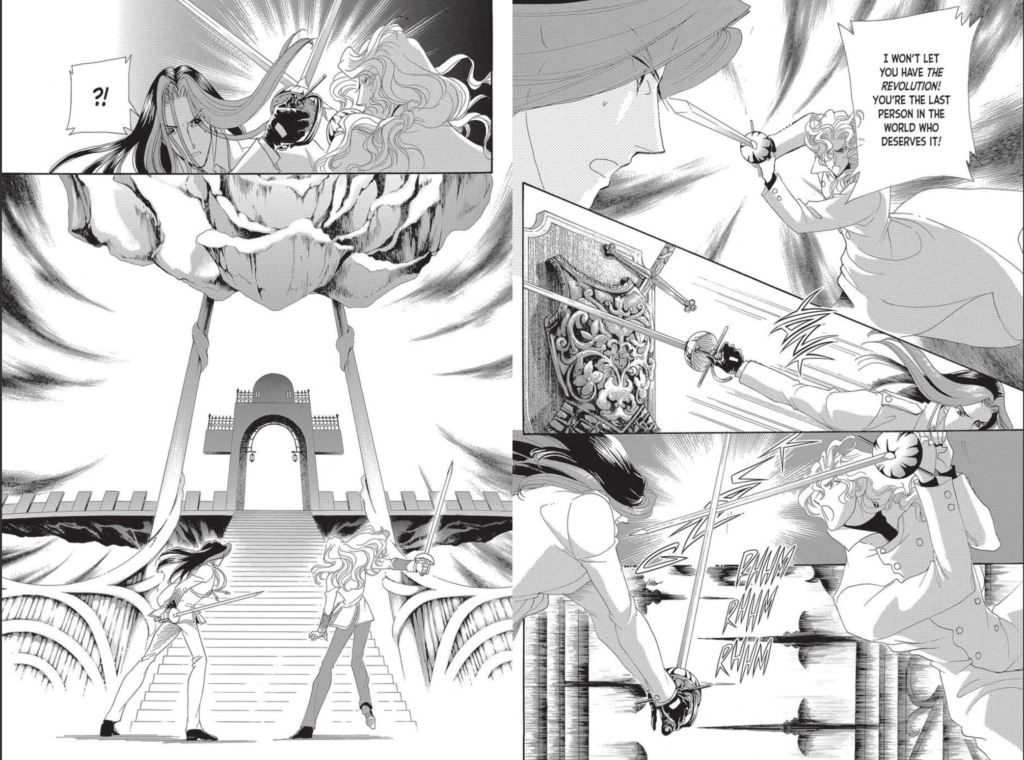
From ‘Revolutionary Girl Utena: After the Revolution.’ Courtesy of Be-Papas and VIZ Media LLC.
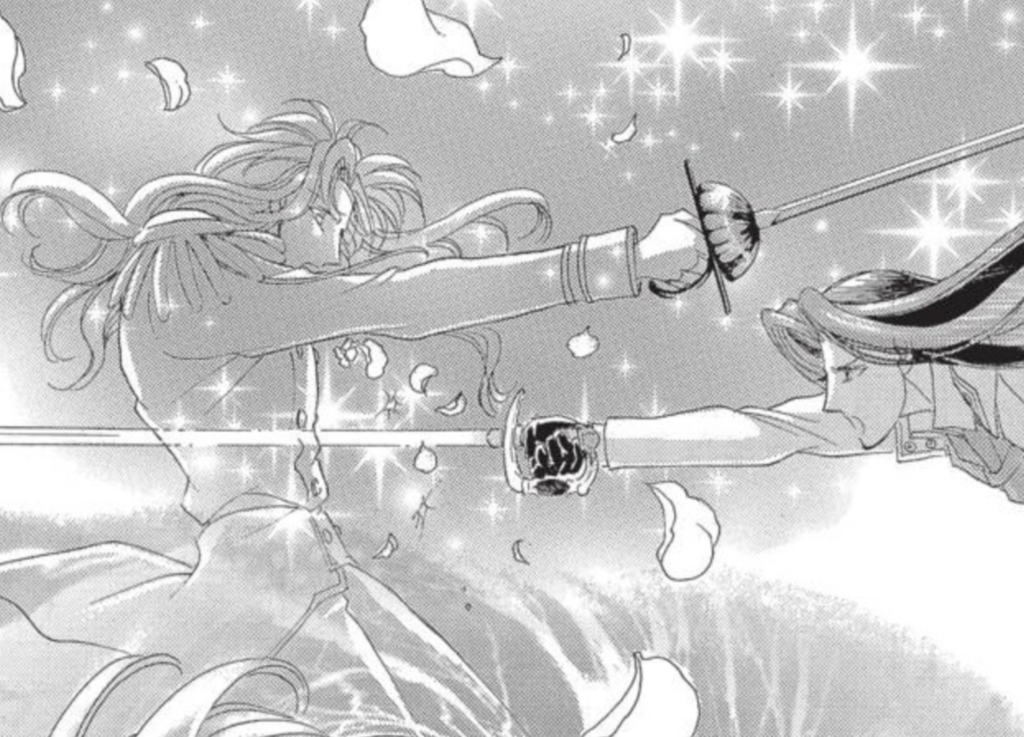
From ‘Revolutionary Girl Utena: After the Revolution.’ Courtesy of Be-Papas and VIZ Media LLC.
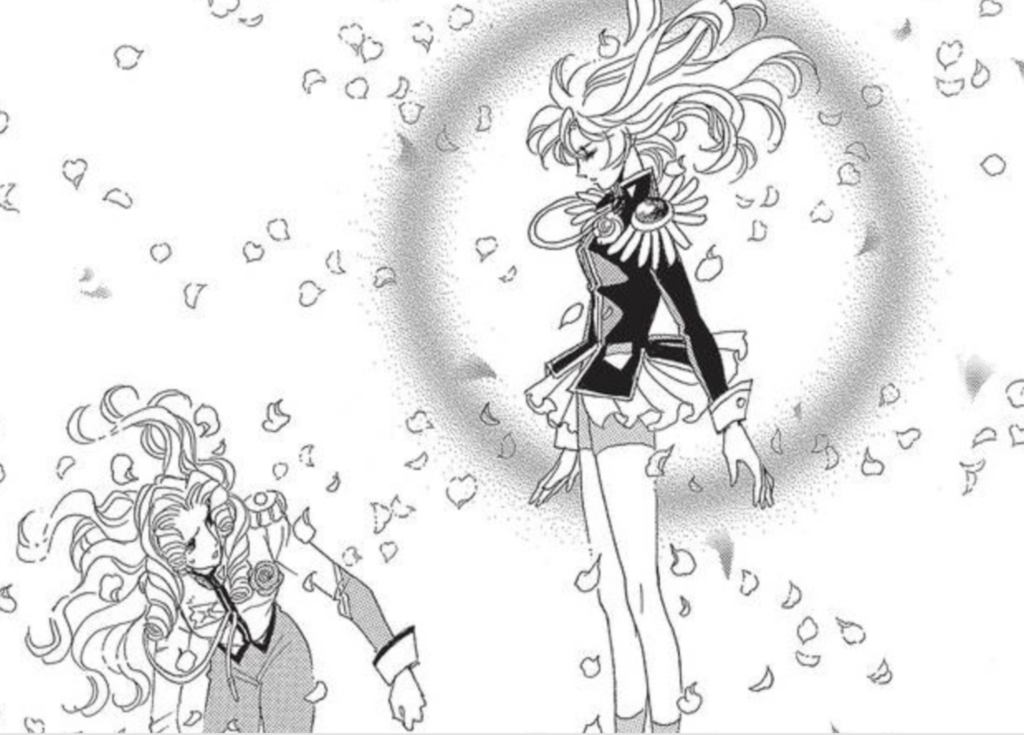
From ‘Revolutionary Girl Utena: After the Revolution.’ Courtesy of Be-Papas and VIZ Media LLC.
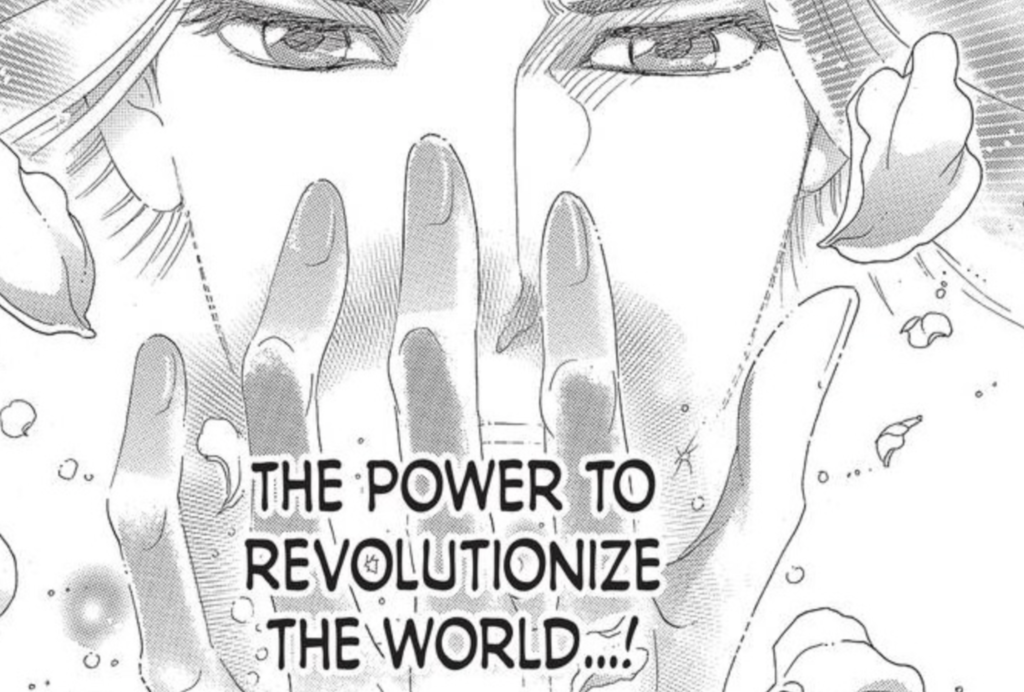
From ‘Revolutionary Girl Utena: After the Revolution.’ Courtesy of Be-Papas and VIZ Media LLC.
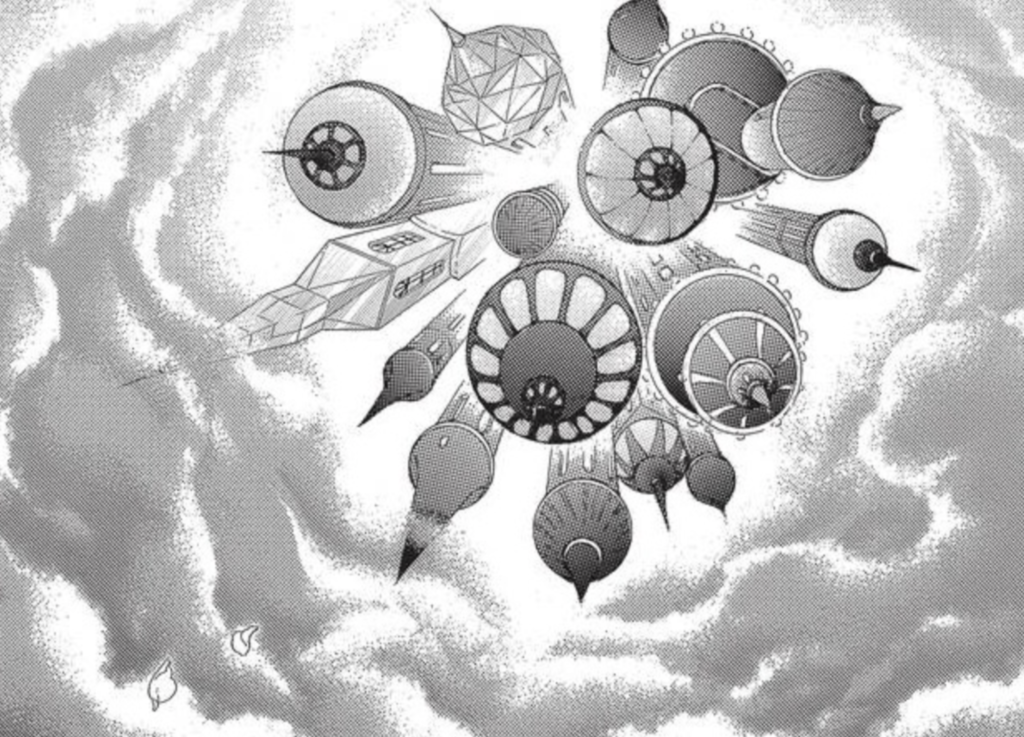
From ‘Revolutionary Girl Utena: After the Revolution.’ Courtesy of Be-Papas and VIZ Media LLC.
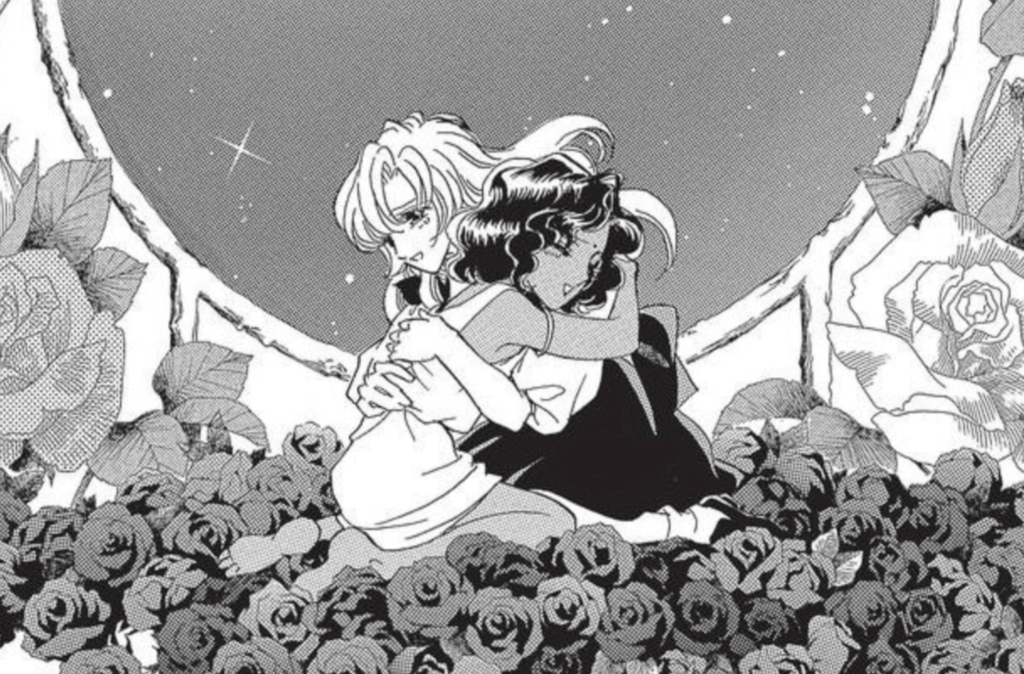
From ‘Revolutionary Girl Utena: After the Revolution.’ Courtesy of Be-Papas and VIZ Media LLC.
TRENDING
-
A House from the Taisho Era Reveals Its Secrets
While visiting an abandoned building, Hamish Campbell discovered photographs the owner had taken of the place in the 1920s.

-
The Taboo-Breaking Erotica of Toshio Saeki
The master of the 1970s Japanese avant-garde reimagined his most iconic artworks for a limited box set with silkscreen artist Fumie Taniyama.

-
With Meisa Fujishiro, Tokyo's Nudes Stand Tall
In the series 'Sketches of Tokyo', the photographer revisits the genre by bringing it face to face with the capital's architecture.

-
Masahisa Fukase's Family Portraits
In his series ‘Family’, the photographer compiles surprising photos in which he questions death, the inescapable.

-
Hajime Sorayama's Futuristic Eroticism
The illustrator is the pioneer for a form of hyperrealism that combines sensuality and technology and depicts sexualised robots.





